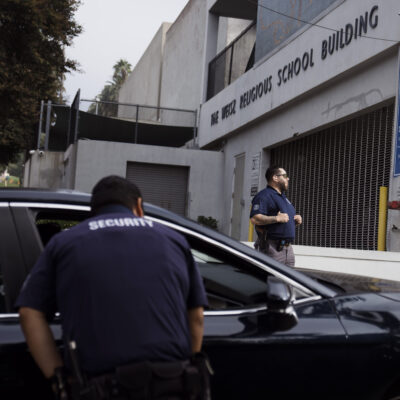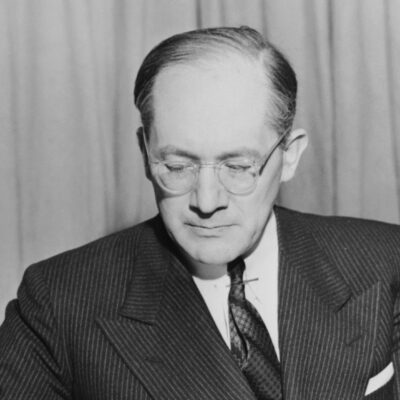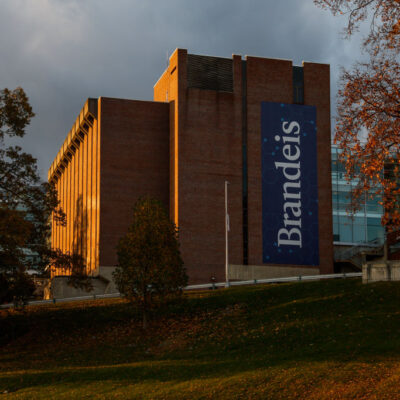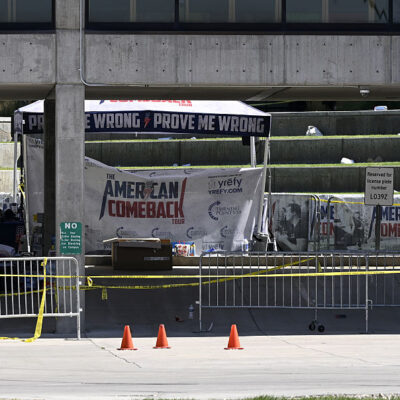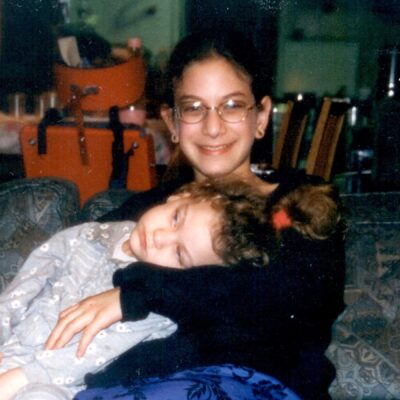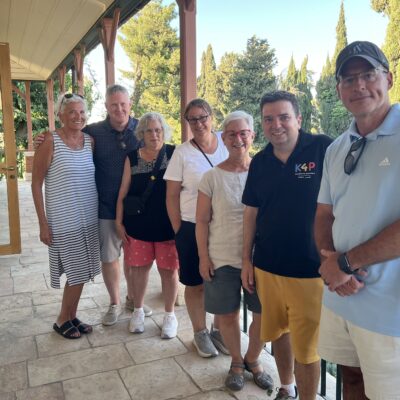Opinion
Efficiency, Collaboration and Altruism. Can All Three Concepts Work in Tandem?

By Rabbi Hillel Adler
Whether you work for a Jewish communal organization or provide funding for one, everyone is looking to make their project efficient and, of course, successful. Most agree that utilizing collaborative opportunities is a great way to achieve efficiency. But how can altruism help us run our organizations better? Altruism is the spark that starts philanthropic endeavors and the fuel that maintains its funding; but, ironically, that very concept seems to work against our programs running efficiently with collaboration. Why? Since organizations need to demonstrate their own success and are often fighting with others for the same charity dollars, many feel the need prove their individual success and accomplishments. This, in turn, breeds a silo mentality resulting in many projects run with tunnel vision without a look at the broader picture.
I had a refreshing opportunity recently to witness how altruism can indeed lead to collaboration and, eventually, success. The mission of the Consortium of Jewish Day Schools (CoJDS) is to support and improve Jewish day school education. This is accomplished through national and regional conferences, principal training and mentorship, Judaic curricula, data-driven student assessments (JSAT), and programs to increase student enrollment. Though CoJDS sometimes collaborates with local federations and national organizations such as project Yachad of the OU, these partnerships are generally related to its mission-driven activities. Conventional wisdom would tell us to stay focused on the mission and ignore programs outside the purview of day school education.
The opening against that conventional wisdom came one day in the summer of 2017. I received a yahrzeit candle from a community activist named Alan Steinberg, who has donated many hours of his precious time to CoJDS helping Jewish day schools across North America. He proposed the idea of working with an organization called Our Six million (also known as Shem Vener) which distributes these candles, each bearing the name of an individual killed in the Holocaust. Each candle has a QR code linking to more detailed information about that person. The program provides extensive lesson plans for various age levels in order to provide a deeper meaning to memorial ceremonies. That year alone they had distributed over 800,000 personalized candles in Israel. Mrs. Alicia Yacoby (daughter of the famed philanthropist Harvey Kaylie, ob”m) is the funder and primary promoter of the project. The project has received endorsements and accolades from Israeli Prime Minister Netanyahu, the second lady of the U.S., Karen Pence, Israeli Chief Rabbis and international ambassadors.
In 2018, Rabbi Heshy Glass, the National Chairman of CoJDS, accepted the responsibility to partner with Our Six Million in bringing the project to North America. Candles, along with lesson plans, were distributed for free to schools. To date, CoJDS has distributed over 22,000 candles to schools and organizations as part of the North American campaign. In 2018 alone, a total of 896,000 candles were distributed by the program in Israel and the US.
What is interesting to note is the diversity of schools and organizations that are participating in this program. CoJDS received requests and distributed candles to schools that self-identify as Conservative, Chabad, Chareidi, Community, Modern Orthodox and Reform. Organizations such as Israel scouts, JCCs, regional federations, foundations, and even El Al airlines are participating. The religious affiliations are as diverse as you can imagine. What do they have in common? They all educate and/or service Jews. They saw a worthy program and took advantage of it.
I cannot think of many programs that bring nearly a million Jews together for a common cause. While it is true that CoJDS works with an incredibly diverse religious spectrum of schools, they generally do not work with Israel scouts, airlines and synagogues. What brought the program to North America was the altruistic understanding that if it is good for the Jews then we would like to have a part in it.
Early proponents of the Jewish Day School movement were driven by a similar sense of mission. Stories are told of great leaders who would raise money for institutions outside of their own because that is where they saw a need. They were not working for themselves or their institutions; they were working for G-d and Klal Yisrael. Yes, their organization was in desperate need of money but the other needed it more. In the end, miraculously both institutions would thrive. Today over 300,000 students in day schools across the country are a testament that altruism and collaboration breed success.
Obviously, there are limits to how far afield from our mission we can go. But I believe that CoJDS will continue to be open to opportunities to serve the greater good. I hope that those who lit a candle this Yom HaShoah get a better picture as to the mechanics that went into the project and the power of Jewish unity that it represents. By living beyond our organization and promoting unity through projects such as this, we are accomplishing much more than memorializing past tragedies. We are actively become living memorials in Klal Yisrael and are using a little light to push away much darkness.
Rabbi Hillel Adler is the National Director of School Recruitment and Marketing for the Consortium of Jewish Day Schools (CoJDS). He works with communities and day schools throughout North America to increase day school enrollment and on special projects.

 Add EJP on Google
Add EJP on Google